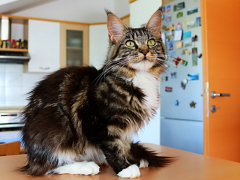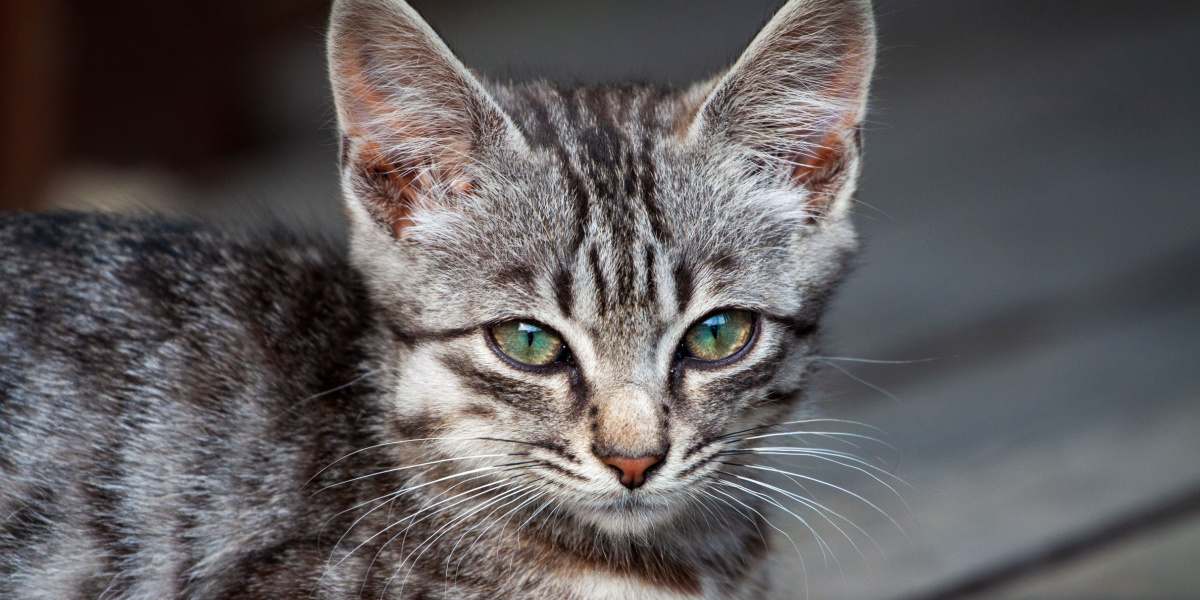
Shutterstock.com
Quick Overview: Lipoma in Cats
 Other Names: Fatty tissue tumor, fatty tumor
Other Names: Fatty tissue tumor, fatty tumor
 Common Symptoms: Round, soft, moveable lump under the skin
Common Symptoms: Round, soft, moveable lump under the skin
 Requires Ongoing Medication: No
Requires Ongoing Medication: No
 Vaccine Available: No
Vaccine Available: No
 Treatment Options: Monitoring vs. surgical removal
Treatment Options: Monitoring vs. surgical removal
 Home Treatment: Close monitoring, measuring, regular vet checks
Home Treatment: Close monitoring, measuring, regular vet checks
As cat owners, finding lumps or bumps on your cat can be extremely worrying. Lumps can come in different shapes and sizes, and occur in various parts of the body. Some lumps are benign (non-cancerous), while others are malignant (cancerous). One such lump that cats can get is called a lipoma, also known as a fatty tissue tumor.
Lipomas are fatty lumps or tumors, often seen in dogs but rarely in cats. They’re benign (non-cancerous) lumps and generally slow-growing. Lipomas are made from fat cells called adipocytes and are typically soft and round. They can occur anywhere on the body but generally occur on the chest, abdomen, or upper legs. Although lipomas are benign tumors, they can sometimes grow quite large, or grow in awkward areas, such as under the armpit. In this way, they can become uncomfortable for cats and may affect the cat’s mobility.
Causes of Lipoma in Cats
There are no known causes of lipoma in cats. It is thought that pets that are overweight or obese may be at higher risk of developing lipomas, but no actual causative factors are recognized.
Symptoms of Lipoma in Cats
Lipomas are painless, soft lumps and it’s unlikely that your cat will show any symptoms. For this reason, it may be difficult to notice a lipoma until it grows to a certain size.
Often pet owners will notice a lump when they’re petting or grooming their cat. Regular grooming sessions are a good time to check your cat over for any changes to their skin, coat, or underlying health. If you do happen to notice a lump, it’s worth noting the characteristics including the size, shape, location, appearance of the skin, and if it’s painful to touch.
Lipomas often have certain characteristics including:
- Round
- Soft
- Same temperature of the surrounding skin (no heat)
- No discoloration of the skin
- Moveable under the skin
This is the case for most lipomas however some cases will vary and have characteristics that aren’t typical.
Also Read: Skin Lumps in Cats: Causes, Symptoms, & Treatment
Diagnosis of Lipoma in Cats
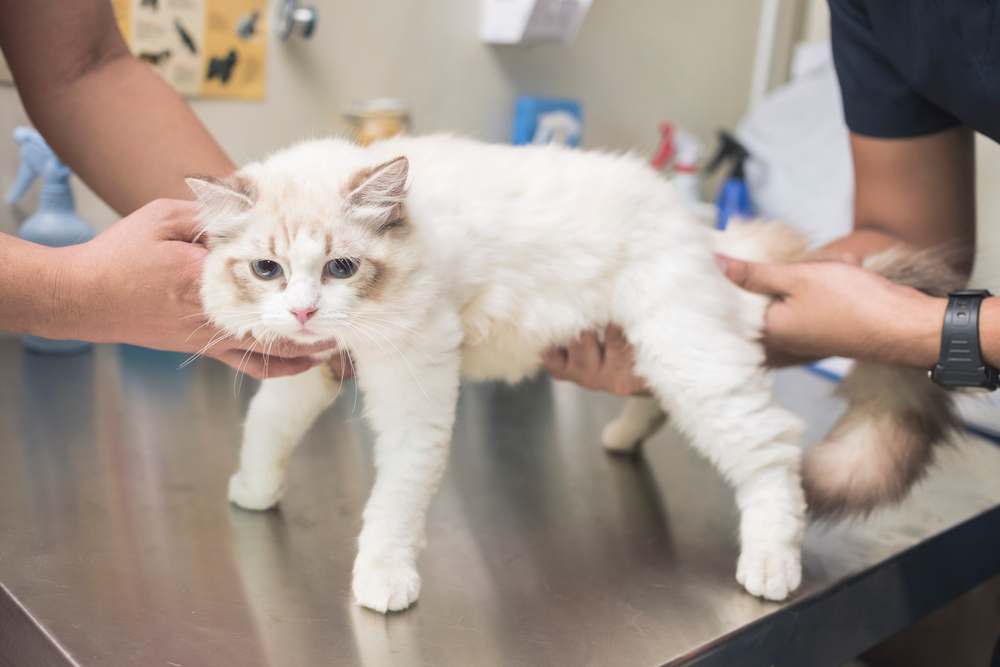
Any lump found under your cat’s skin is worthy of a trip to the veterinarian for assessment. Shutterstock.com
Although lipomas are benign and relatively harmless lumps, they need to be differentiated from other similar lumps. For example, liposarcomas can be similar in appearance and feel to lipomas but are malignant cancers. If you notice a lump on your cat’s skin, you should visit your veterinarian.
Your vet will likely ask some questions, such as when you first noticed the lump, whether it’s grown in size or changed in appearance, and if your cat seems to be bothered by it. They will examine your cat and the lump, while also checking for other lumps on your cat’s body.
Biopsy of the Lump
From examination, your vet may be suspicious of a lipoma if they feel a soft, moveable lump. However, to properly diagnose a lipoma your vet will take a small biopsy of the lump with a needle, called a fine needle aspirate (FNA). This will allow for a sampling of cells from the lump, which can then be placed on a microscope slide and examined. Your vet may do this in the clinic or send it away to an external laboratory.
This will provide an answer in most cases. However, if it’s still not clear what exactly the lump is after doing a fine needle aspirate, a surgical biopsy under anesthetic may need to be performed. This involves a small piece of the lump being removed and being sent away for analysis. Your vet may recommend bloodwork and urinalysis before this procedure.
Treatments for Lipoma in Cats
Lipomas are benign lumps or tumors, meaning that they aren’t cancerous. For this reason, they don’t necessarily need any treatment once the diagnosis has been confirmed. For cats with small simple lipomas, owners may decide to observe and monitor the lipoma. This may involve taking photographs of the lipoma at home and measuring the lipoma with a measuring tape/ruler. Regular veterinary checks (at least twice yearly) are also recommended to monitor lumps.
For larger lipomas, or lipomas that are in an awkward place and uncomfortable, surgical removal may be necessary. Your vet may recommend running bloodwork and urine tests before the surgery and they will discuss any risks. Your cat will have a general anesthetic, but in most cases will go home the same day to recover at home. They will likely need to return for a post-operative check a few days after surgery, and again to have stitches removed at 10–12 days after the surgery.
Surgical removal is usually curative if all of the lipoma has been removed. If part of the lipoma remains, it may reoccur.
Complications of Having Lipomas
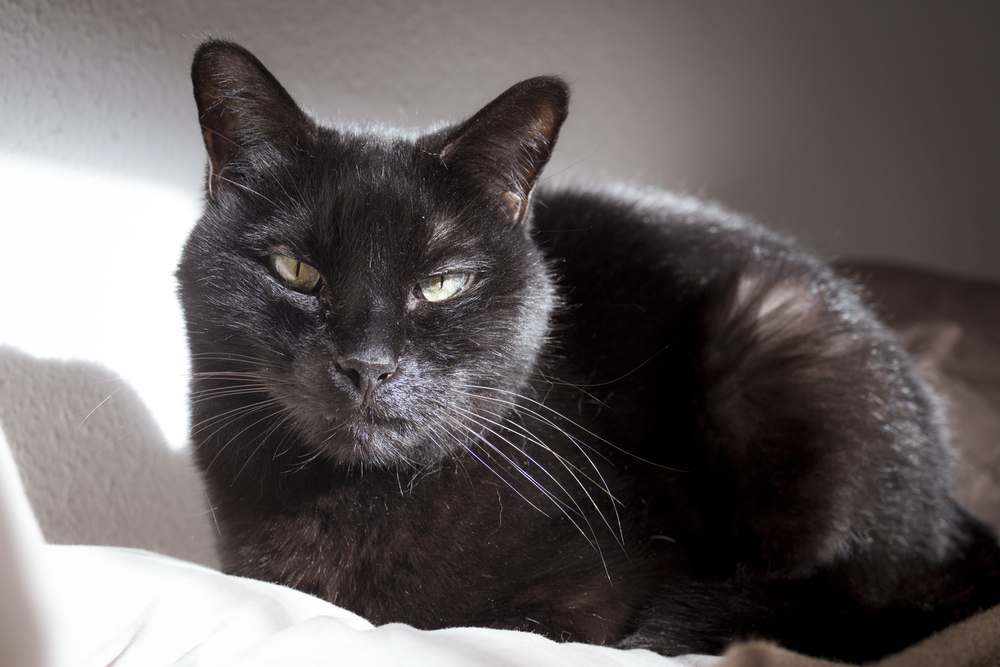
Lipomas that occur in places such as a paw or the face may impede normal behaviors. Shutterstock.com
In general, lipomas are benign and harmless lumps. However, complications can occur when lipomas grow very large, grow in between muscular tissue (infiltrative lipomas), or are adhered tightly to underlying structures.
These factors may cause the lipomas to cause issues with walking and general movement for the cat in question. It also makes the lipoma more difficult to remove and potentially leads to a longer anesthetic time. If your cat has a more complicated lipoma, you can discuss the treatment options in detail with your vet.
Cat Care Tips
Caring for a cat with a lipoma isn’t overly complicated as lipomas are benign and generally harmless in most cases. However, even though these lumps aren’t cancerous, they do need to be monitored and observed in order to care for cats with lipomas at home.
- Monitor size and appearance: Close monitoring is important as this will help pick up any changes with the lipoma. Cat owners often do this by taking regular photos of the lipoma, measuring the lipoma, and conducting regular palpation. If you notice any change in size or appearance of the lipoma, you should get this checked with your vet.
- Check for other lumps: Lipomas can occur in other parts of the body so it’s important to check your cat regularly for more lumps. Although lipomas aren’t anything to worry about, other lumps can be so it’s always important to get any new lumps checked out by your vet.
- Regular vet checks: If your cat has a lipoma, it’s important to keep up to date with your veterinary check-ups. Although you will be monitoring the lipoma at home, your vet will also need to examine the lump (perhaps twice yearly) to assess for any changes and to check for other lumps.
How to Prevent Lipoma in Cats
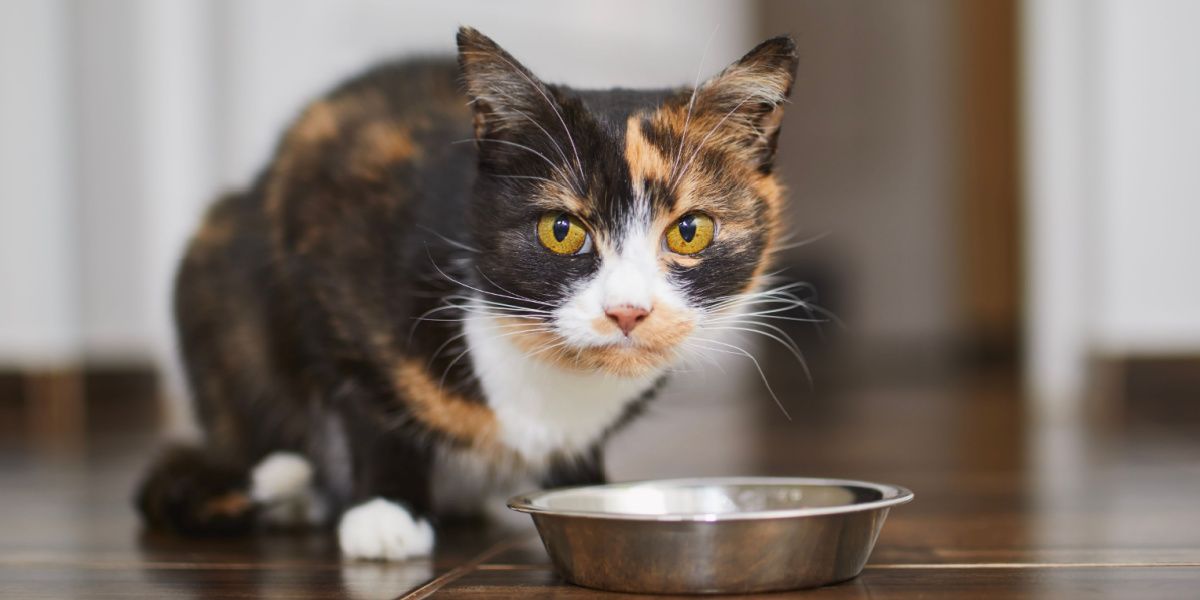
It is recommended to keep your cat at a healthy body weight by providing a balanced diet suitable for their age and lifestyle. Shutterstock.com
There are no known causes of lipomas, but one thing that is thought to help is keeping your cat at a healthy weight and avoiding obesity.
Aim to keep your cat in good health by feeding them high-quality cat food, maintaining a healthy weight, and providing preventative veterinary care, such as vaccinations and parasite control.
Also Read: 10 Subtle Signs Your Cat May Be Sick
Frequently Asked Questions
How do you get rid of lipomas in cats?
The only way of getting rid of a lipoma is through surgical removal by your veterinarian. Your vet will likely biopsy the lump beforehand and will discuss the options with you. Lipomas are benign so don’t necessarily need removal unless they’re causing an issue.
What does a cat lipoma look like?
Lipomas in cats are often soft, round lumps under the skin that are easily moveable. They typically occur on the chest, abdomen, or upper legs. In rare cases, they can occur in between muscle layers and attached to internal organs.
Should I worry about lipomas?
Lipomas are benign (non-cancerous) lumps that are generally nothing to worry about. However, they should be biopsied to confirm the diagnosis because other lumps can be similar in appearance to lipomas and may not be benign.
How do vets treat lipomas?
After they have diagnosed a lipoma, your vet will discuss the treatment options with you. Most cases of lipoma don’t need any treatment at all apart from monitoring. Some cases may warrant surgical removal.
Can a lipoma become cancerous?
Lipomas are benign tumors of fatty tissue but they can look very similar to cancerous fatty tissue tumors called liposarcomas. A biopsy is needed to properly distinguish between the two.




